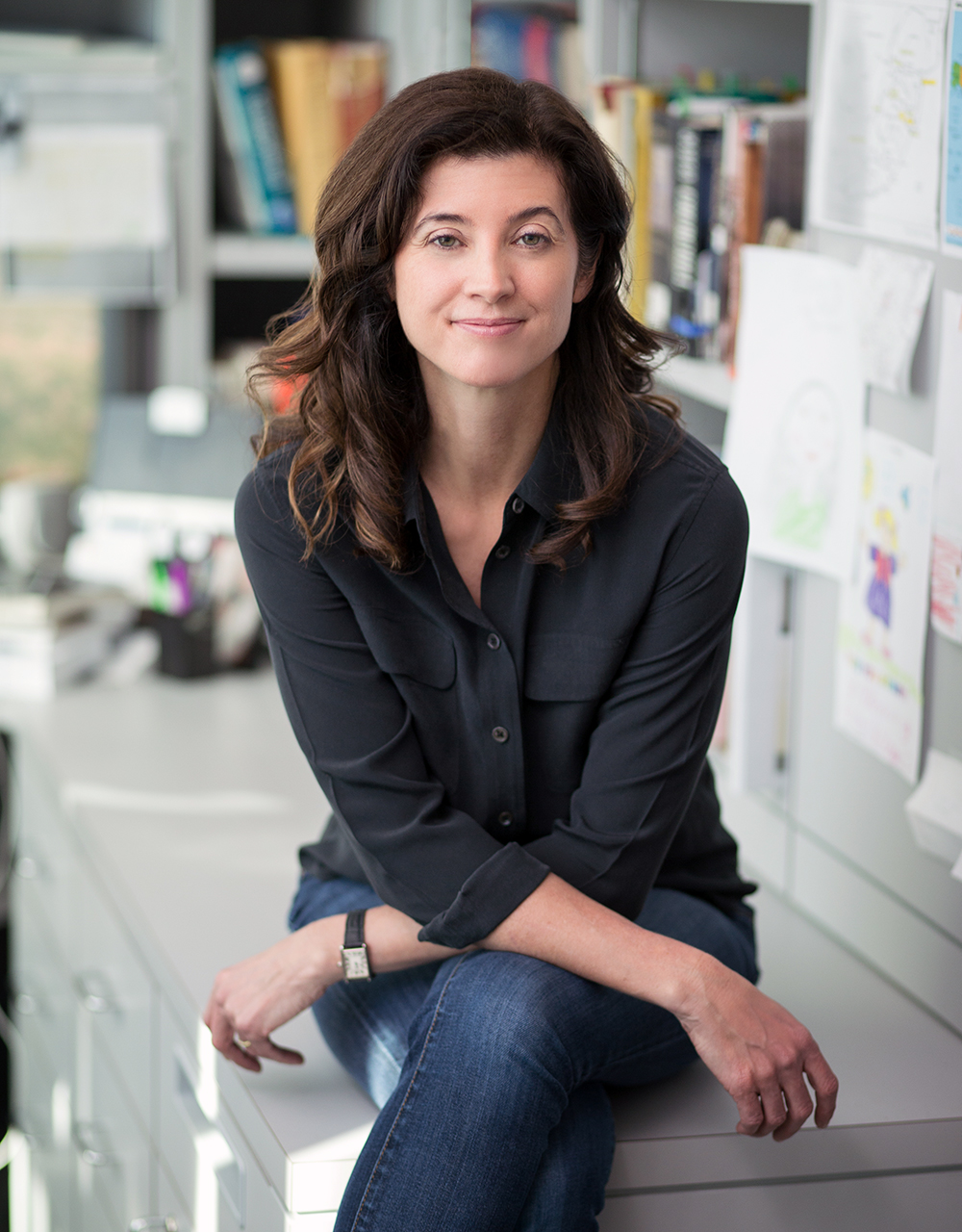
In body, author Candice Millard sits at her desk each day in Kansas City. Yet in her imagination, she’s on the Dark Continent searching with intrepid adventurers for the source of the Nile River. Soon, she’s going to take you with her.
After all, you trekked along with the beleaguered Theodore Roosevelt in the treacherous Amazon rainforest through the pages of The River of Doubt: Theodore Roosevelt’s Darkest Journey. You stood right there in the fetid sickroom of President James Garfield, recovering from an assassination attempt, his care bungled by his doctors in Destiny of the Republic: A Tale of Madness, Medicine & the Murder of a President. You hid in the train car with 24-year-old Winston Churchill in the South African veldt as he eluded capture in Hero of the Empire: The Boer War, a Daring Escape and the Making of Winston Churchill.
How does she do it?
You grew up in Ohio and worked at National Geographic in Washington, D.C., writing and editing travel stories. How much has geography, a sense of place, nurtured your work?
I grew up in Lexington, Ohio, a small, predominantly blue-collar town about an hour north of Columbus, and I think it had a lot to do with making me the person I am today. It wasn’t a perfect place. There was very little diversity and we were fairly isolated from the wider world, but it was safe, the people were nice, and it had a wonderful public library. My parents always read a lot, and my three sisters and I spent most of our weekends and practically all summer at the library. You could walk to the library from our house, and I usually took the long way there, through a wooded area with a beautiful little stream. Most of my childhood memories are of sitting by that stream, my bare feet in the cold water, lost in a library book. It was the best childhood I can imagine, and I think it’s why I grew up loving books.
How important is it for you to travel to the places you write about?
One of the most important lessons I learned while working at National Geographic is that the best way to tell a story is to travel to wherever it played out. I’ve worked in archives all over the world, which I love, but it’s also important to me to experience a place, whether it’s traveling through the Brazilian Amazon, across the South African veldt, or, as I’ll be doing this fall, to the island of Zanzibar. It’s important to not only see these places, but to know what they smell, sound, and feel like. I also try to go at the same time of year when the characters in my books were there. For instance, I was in the Amazon during the rainy season, just as Theodore Roosevelt and his men had been nearly a hundred years earlier. Not only is the air incredibly thick with humidity, but the river is so full it spills over into the surrounding jungle and carries boats safely over any hidden obstacles—usually sunken trees—that could prove deadly.
For your three best-sellers, you’ve taken a famous person at a critical time in their lives that challenged them in every way possible—Theodore Roosevelt going down the Amazon, Winston Churchill escaping from a South African prison during the Boer War, and James Garfield surviving an assassination attempt but dying from the abysmal care he received afterwards. What is the drama that unfolds with your fourth book?
My fourth book will tell the story of the British explorers Richard Francis Burton and John Hanning Speke, the African guide Sidi Mubarak Bombay, and their search for the 19th-century’s holy grail of exploration: the source of the White Nile. It’s an extraordinary story of determination and survival, but it’s also about friendship and betrayal, and it all builds to a tragic and shocking ending. And, of course, it’s all the more fascinating because it’s true.
How do you work with three large computer screens as you are writing?
I’ve had three computer monitors for about six years now, and it would be very difficult for me to give them up. They are unbelievably useful. As you guessed, when I’m writing I do usually have my manuscript on the center screen, outline on the left, and research notes on the right. My desk wraps around me, and right now I still have piles of papers and books filling every surface, but as time passes and my outline progresses, the piles will slowly disappear. By the time I’m ready to start writing, all the source material will be in a drawer or on a shelf, and I’ll be able to concentrate on the story.


